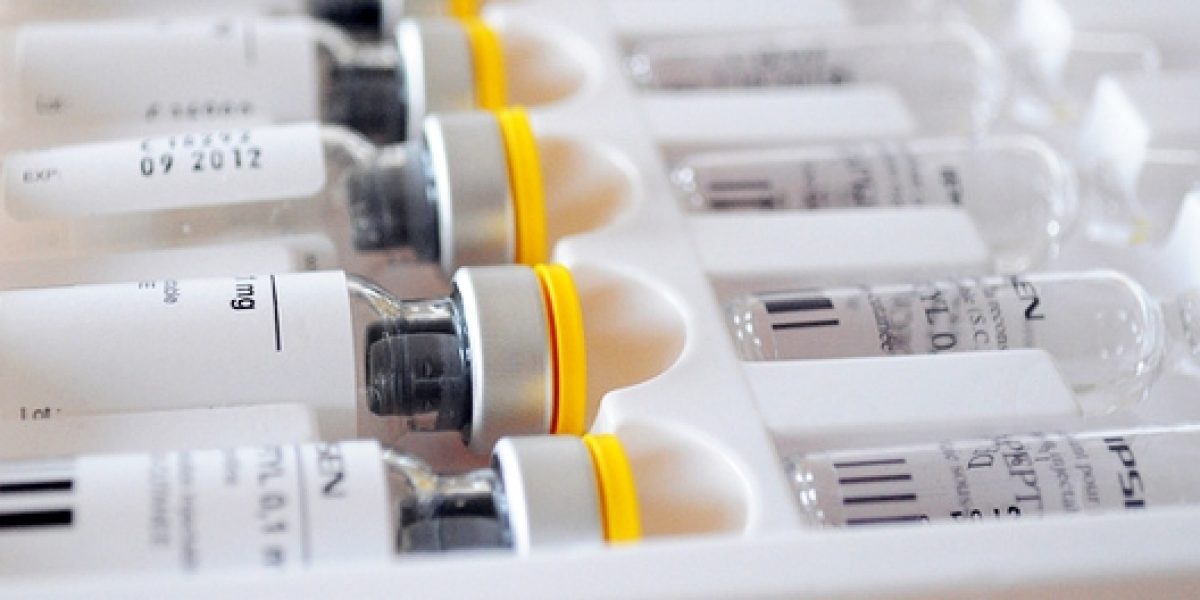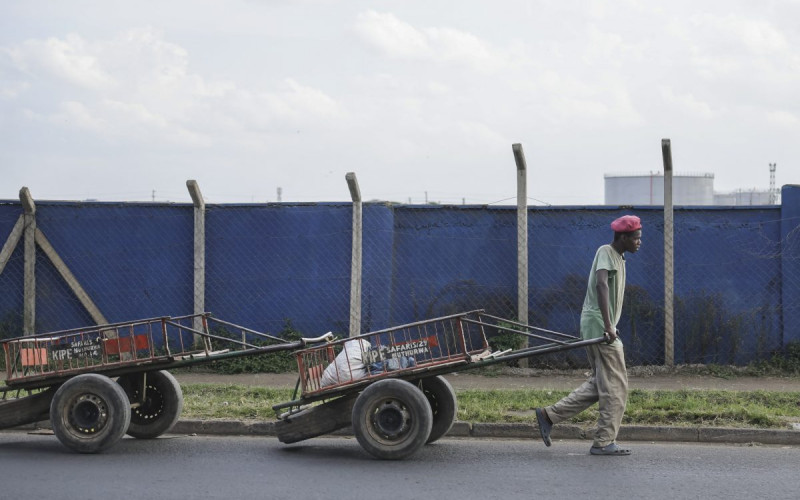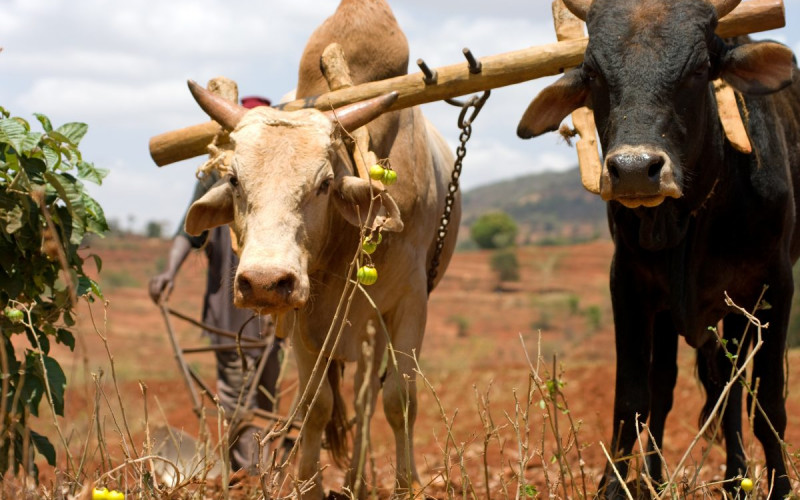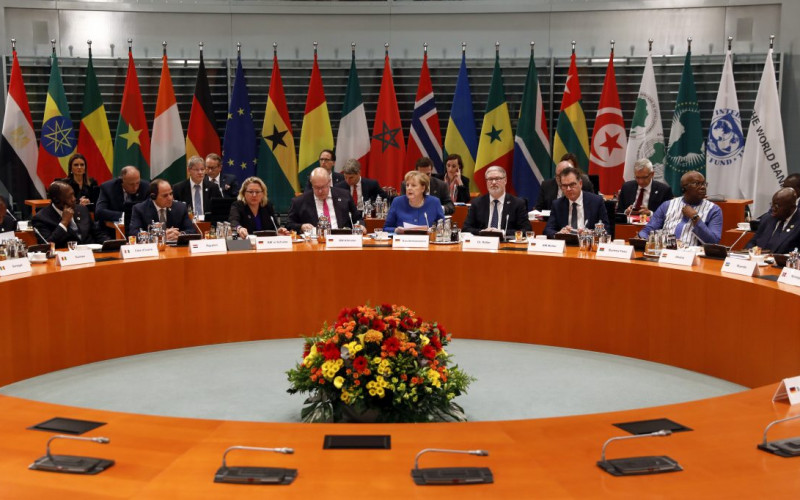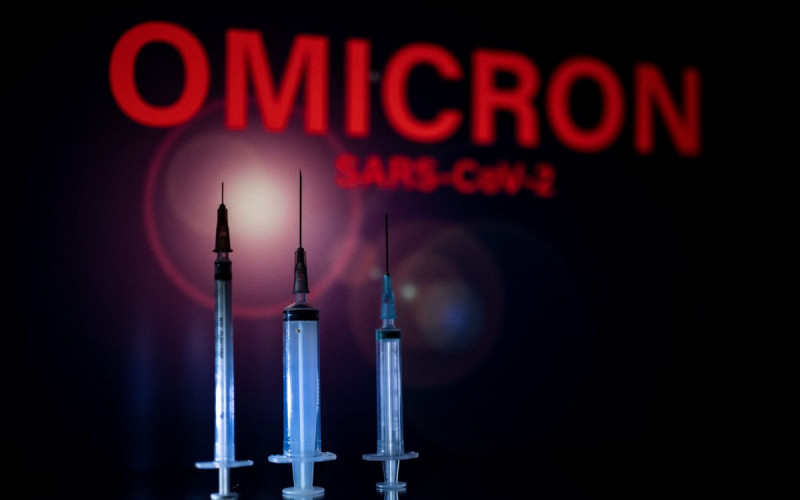Creating a uniform market and a specific pro-poor focus for access to medicines would benefit both patients and the healthcare system in the SADC region. The capacity to regulate this sector in SADC faces a number of challenges. There is limited scope for growth of a local pharmaceutical production sector, considering India’s dominance of generic manufacturing. African industries are challenged by the presence of imported generics. Indian pharmaceuticals are subsidised and are cheaper to import.
Considering the disease burden, the skewed burden of care, and the lack of resources in the region, a pro-poor regional focus on pharmaceuticals is needed in SADC. In this context, pro-poor policies should be understood as national strategies aimed at stimulating economic growth for the specific benefit of poor people. Facilitated access to medicines will relieve overburdened healthcare systems and patients who are unable to afford the costs of private healthcare.
In the wake of a number of severe global health shocks in 2014, the Ebola epidemic in particular, the need for regional health governance, coordination and co-operation has become increasingly evident. Economically weaker countries are harder hit by health crises, particularly considering the effects of disease on human resources, hospital infrastructure and already depleted budgets. There are large differences in the GDP of various SADC member states, as well as in their levels of healthcare development and infrastructure.
Many of these states are reliant on multilateral donor intervention, particularly for healthcare. The SADC Pharmaceutical Business Plan and SADC Health Protocol both emphasise the need for collective action as a priority for regional co-operation and integration, particularly for access to health and pharmaceuticals.
The SADC Pharmaceutical Business Plan intends to ensure availability of ‘essential medicines’ to reduce regional disease burden and to provide affordable medicines of superior quality (including African Traditional Medicines). However, there is no specific pro-poor focus in the SADC Pharmaceutical Business Plan and SADC Health Protocol for poorer populations in need of urgent access to pharmaceuticals, considering varying conditions in which they live and work and the high disease burden in these communities. This being the case, how can the region respond appropriately to the Ebola crises, if the disease should spread to the SADC region?
Despite progress made for increased access to health and medicine, medicines are not subject to normal economic perceptions of price and demand elasticity. An Ebola vaccine and treatment drug will be purchased at high cost even if production thereof might not be that expensive. The pharmaceutical industry is dominated by large pharmaceutical corporations, distributors and pharmacies, who operate outside of weak government trade regulations.
Governments throughout the SADC region aim to control prices and standards through local Medical Regulatory Authorities (MRAs), or Drug Regulatory Agencies (DRAs). MRAs establish standards of manufacturing and evaluation of safety and efficacy for medicines. Apart from their regulatory function, MRAs are also responsible for some sourcing of medicines. The private sector and donor agencies are also involved. The Global Fund and PEPFAR both do extensive sourcing of medicines as organisations or through procurement agencies in individual countries.
The impact of small markets and weak and differing medicine registration policies in Southern Africa poses a challenge for pharmaceutical companies wanting to register medicines in multiple countries in the region. The distribution and use of generics would be advisable in poorer communities but there is a marked shortage of quality control laboratories, which influences the purchase and testing of generic medicines. Generics are also inexpensively manufactured in other countries, such as India and China. There is a lack of cohesion between industry policies and medicine procurement and additional variations in tariffs for import and export.
Barriers to movement of pharmaceutical products include compliant legislation with the Trade Related Aspects of Intellectual Property Rights (TRIPS) agreement. All the SADC countries, besides Seychelles, are members of the World Trade Organisation – the island state’s accession is expected in December. More than half of SADC countries have modified their legislation to comply with TRIPS and most have a procurement policy, giving priority to domestic suppliers. No country gives preference to suppliers from other SADC countries. Another challenge is the extension of drug patents and the issuing of new patents, which questions the ethics of intellectual property rulings for pharmaceutical products.
All member states thus may not wish to co-operate with regional integration mechanisms. The objective to retain independence over the regulation of pharmaceutical trade motivates those who would wish to preserve economic sovereignty – and not a regional pharmaceutical access policy. Smaller states are often subject to trade “bullying” by larger states with the potential to dominate trade agendas. Local products within the region may be favoured over comparable (cheaper) imported products. This may result in the erosion of price advantages, which states currently receive.
As the continent faces increased risk of higher disease burdens and the need for coordinated regional responses, regional organisations can assist in providing access to healthcare and medicines for poorer populations, starting with pharmaceutical regulatory measures. The challenges as to how this can happen, considering the already entrenched nature of trade in the region, remain a focus for SADC and its member states. A renewed regional and national commitment to pro-poor policy, particularly for health care, will benefit those communities and citizens that need it most.

